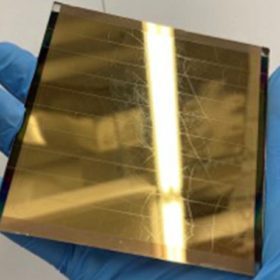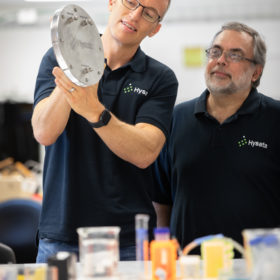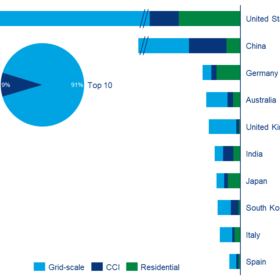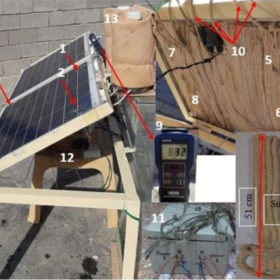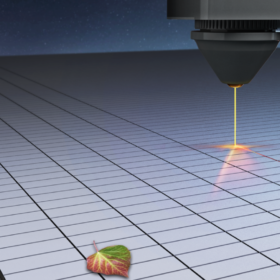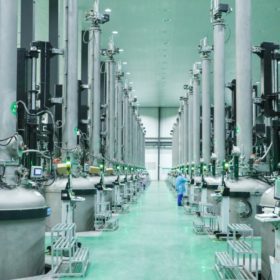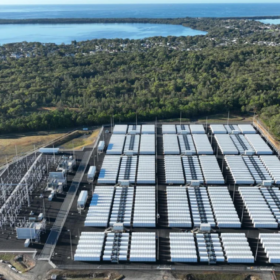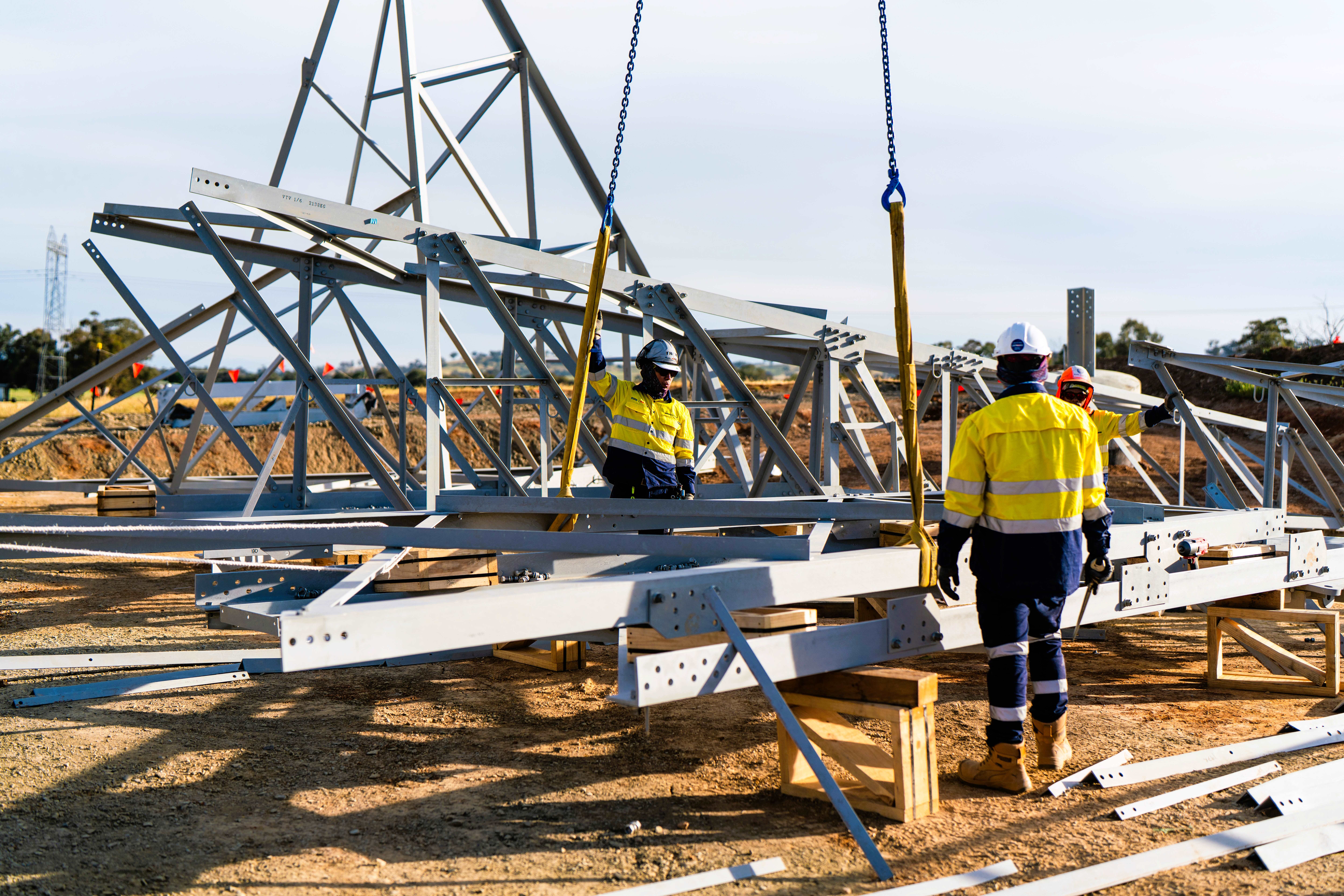Growing consensus on 100% renewables
An international group of researchers from 15 universities has said that there is growing consensus among scientists that an energy system based on 100% renewables could be achieved cost effectively by 2050.
Light-scattering structures to boost solar performance
An international team of scientists developed a nanoparticle structure which, when added to a solar cell, was shown to scatter light and potentially reflect it many times within the cell, contributing to a noticeable jump in current.
Weekend read: Chaos with no end in sight
We in the solar industry are used to our share of craziness. For us, business as usual is more the exception than the rule. We are used to coping with all sorts of imponderables – chaos as usual. Companies that have mastered this from years of training will probably be able to navigate their businesses through these troubled times. Martin Schachinger of pvXchange finds that it has been a long time since the PV market has been as crazy as it is now. Prices are rising steadily across the board, but not for solar panels.
World to install 250 GW of solar this year says Bloomberg analyst
The latest modelling from Bloomberg senior clean energy analyst Rob Barnett indicates a 30% increase in global PV deployment this year, and double-digit growth through 2025.
‘Game changing’ electrolysis technology from NSW closes $42m funding round oversubscribed
Australian hydrogen tech company Hysata has raised over $40 million in funding, attracting backing from major institutional players including CEFC, Hostplus and Bluescope. Hysata is seeking to commercialise a breakthrough made at the University of Wollongong which CEO Paul Barrett describes as “brand new category of electrolyser” with 95% system efficiency.
Australia ranks 4th in ‘staggering’ global storage markets
Wood Mackenzie places Australia fourth on its list of the globe’s top 10 storage markets, coming in just behind Germany, with the US and China unsurprisingly topping the list. The analyst expects the world’s cumulative storage deployments to reach 500 GW by 2031, according to its Global Energy Storage Outlook released today.
Cooling down solar modules with cotton wicks immersed in water
The novel technique consists of attaching cotton wicks immersed in the water (CWIWs) to the backside photovoltaic module. The water is supplied to cotton wicks from top to bottom by gravity which the scientists said helps the effective absorption of cotton and reduces water consumption.
Reverse bias – a hidden challenge for perovskite solar cell stability
Research from renowned PV scientist Martin Green and colleagues at UNSW reveals that perovskite solar cells may struggle to deal with reverse-bias caused by uneven shading or other issues likely to appear in the field. Both the reverse-bias itself and resulting build up of heat can cause several of the materials commonly used in perovskite solar cells to degrade, and these issues have received only limited attention in research published to date. Solutions, however, are at hand.
PV industry needs 12 times more polysilicon production capacity by 2050
New research from the University of New South Wales (UNSW) predicts cumulative polysilicon demand of 46-87 Mt will be required to achieve 63.4 TW of PV installed by 2050.
Weekend read: ESG in action
The 2022 pv magazine Roundtables Europe focused on decarbonization throughout the continent. Linking sustainability to financial performance is a big part of this goal, as the second session, “Sustainability in action, raising the corporate bar,” attested to. During the panel discussion, four experts discussed end of life, circularity, material supply, project development, and the social community, as we approach terawatt solar scale.

